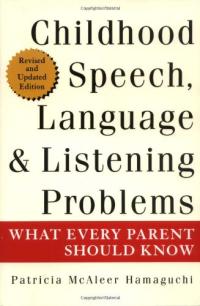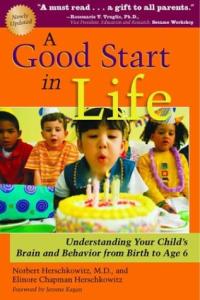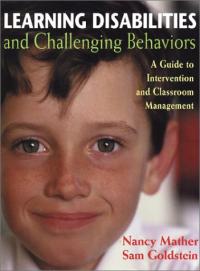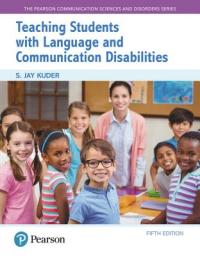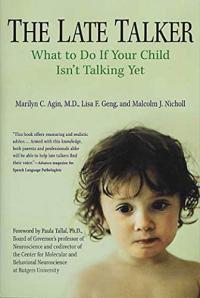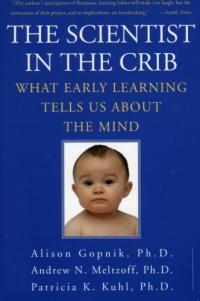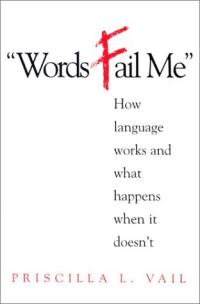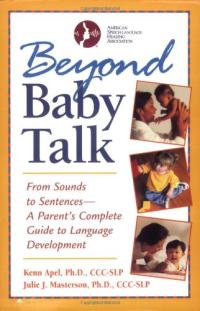
Beyond Baby Talk: From Sounds to Sentences, A Parent's Complete Guide to Language Development
The first five years of a child’s life are the most critical for speech and language development, and, as a parent, you are your child’s primary language role model. So what are the best ways to help your child develop the all-important skill of communication? Inside, you’ll discover all of the essential steps and checkpoints from birth through age five, tips to help your child progress on schedule, and easy methods to:
- Evaluate and monitor your child’s language development
- Understand and deal with environmental impacts such as television and cultural styles
- Recognize the signs of language development problems
